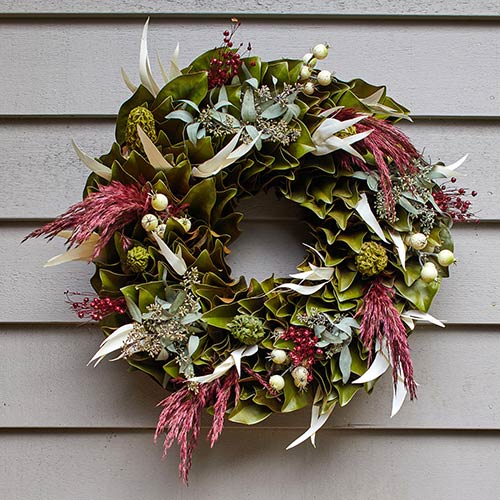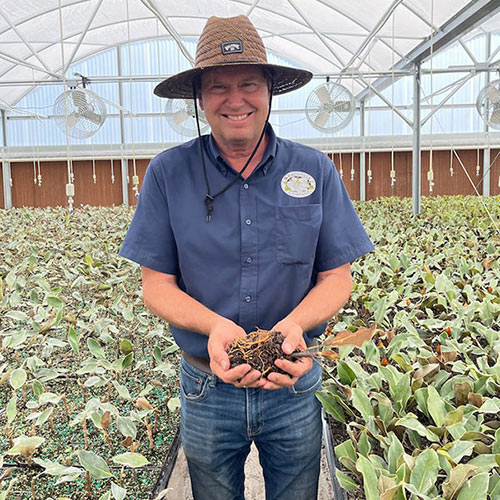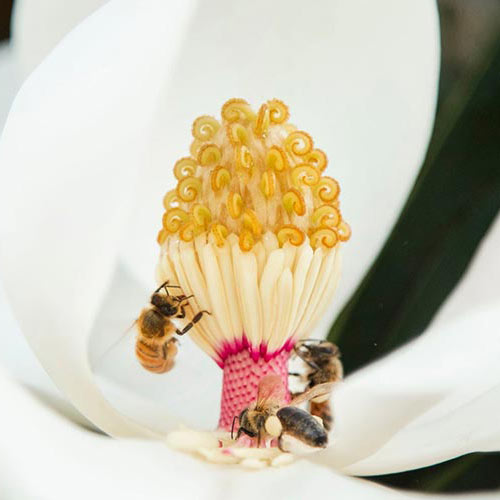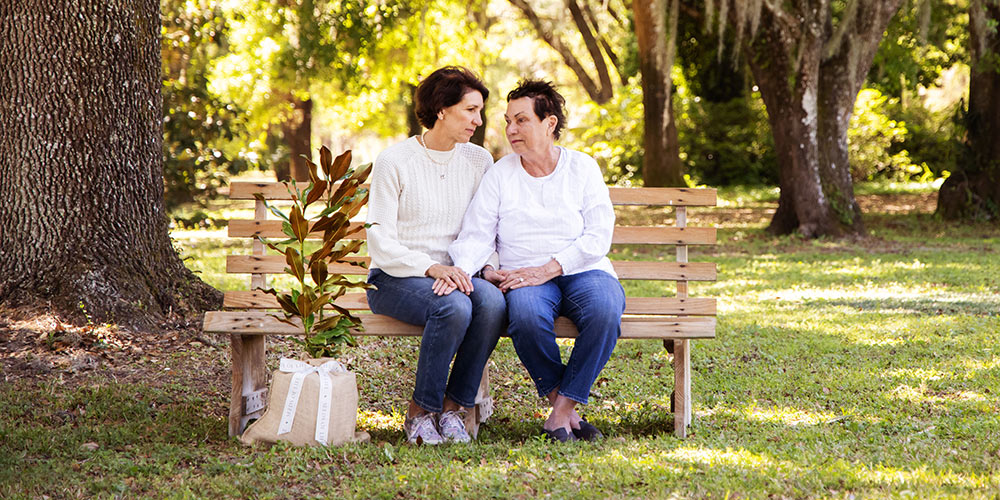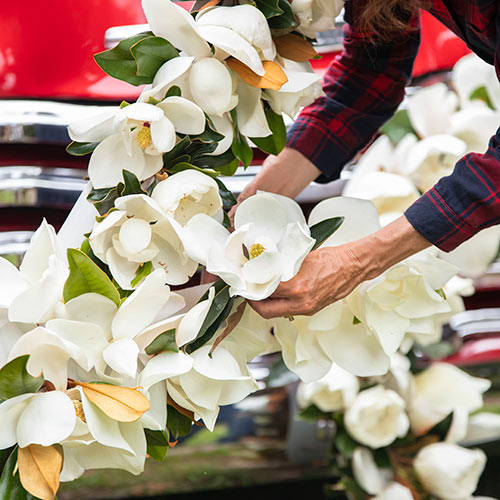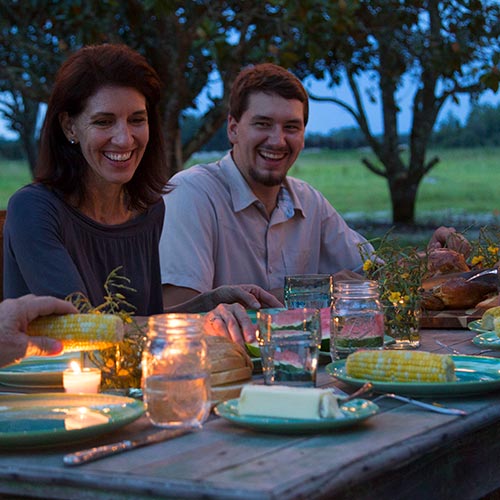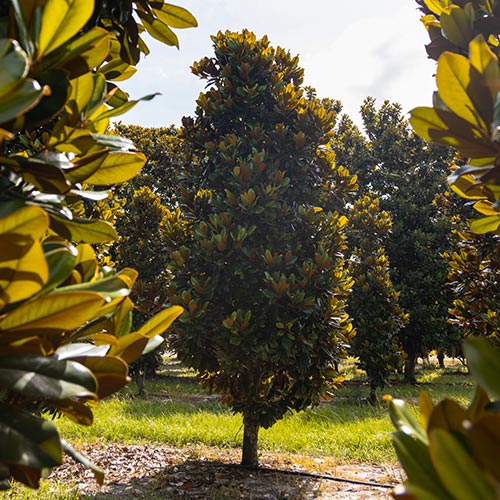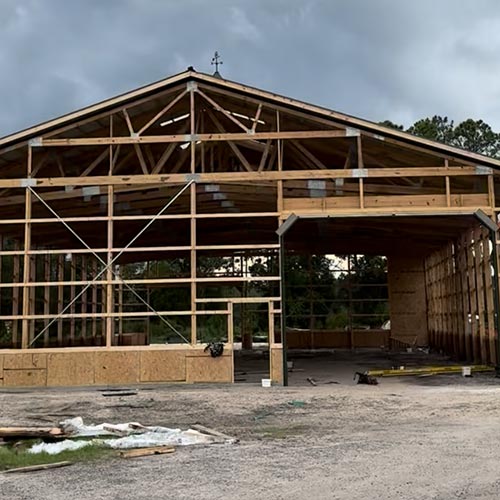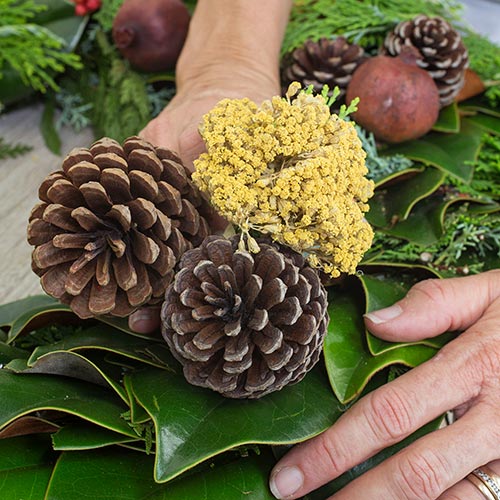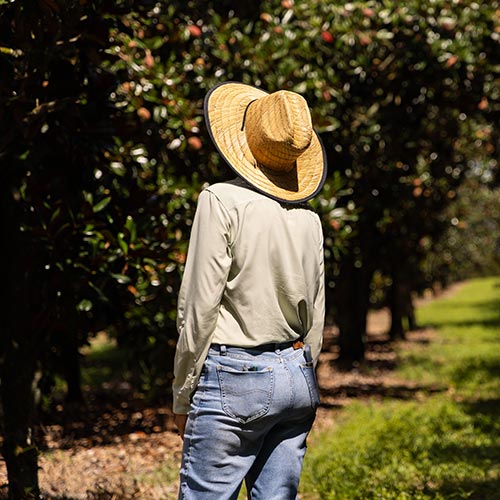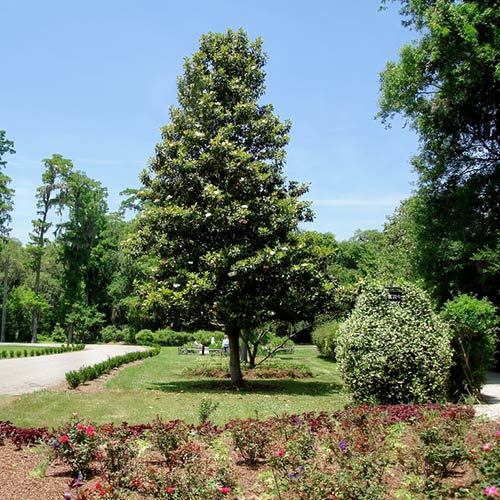Preparing for Hurricane Season: How Your Trees will Weather the Storm
July 8th, 2025
Life is like a box of chocolates…
You never know what you’re gonna get!
Every year, the southern half of the United States braces for impact. We do our best to watch the radars, the trackers, the spaghetti models, and a million other monitoring devices, but ultimately, every hurricane season is its own box of chocolates.
For us in Florida, it’s truly a coin toss. We’ve had our fair share of storms that were slated to come careening into our hometowns, dead on, only for the storm to change its mind at the last minute and miss. We’ve also had the opposite happen. Needless to say, it pays to prepare as if every storm will head your way.
Homeowners and agribusiness owners alike: it’s time to start your preparations!
Come June first, it’s an annual checklist of items to do. As the climate has been warming, it appears the storms are arriving early and lasting later into the season. We would’ve recommended waiting until August or even early September to start preparations a decade ago, but times (and the weather) are changing. Thankfully, our checklist of preparations has stayed the same… with some valuable lessons learned over the years!
It starts with protecting our water source.
People who live in hurricane-prone areas know better than anyone that the real threat isn’t the storm; it’s the aftermath.
As business owners whose products are plants, we don’t prepare for the storm. No amount of hoping or wishing will change the storms, and there’s very little we can do to protect our trees from the intense winds.
Rather than try to proactively prevent damage (which is impossible), we focus our efforts on preparing for the recovery.
The first thing our trees need in the aftermath of a storm is water, especially the young saplings we keep in our nursery. Our farms at The Magnolia Company are all expertly and efficiently irrigated into a water reclaiming system to minimize our waste – which is fantastic – but without power, the irrigation system is of no use.
Our main farm is out of the way on a dirt road and near state forest borders, so when we lose power, we’re among the last to get it back. We start our preparations by getting our backup generators in place and by running tests to make sure they’re in working order. Our landscape changes a little every year, so our power needs also require updates and attention.
Last year, we made the decision to invest in a propane generator that runs all the greenhouses at one time. It also runs our main gift tree nursery, too. These are our priority, so we can keep our young plants happy and healthy even in the face of natural disasters.
Each generator connects to a well water system in an emergency, so if our water reclaiming system kicks the bucket, we’re not hosed. Conversely, our greenhouses are at the intersection of several powerlines and power grids, so those are usually restored within a week.
Controlled Damage vs. Chaos Damage
Sometimes, it’s better to do your own damage than to leave it to chance. Hurricanes aren’t known for pulling their punches.
We don’t worry too much about our groves, for reasons we’ll get into later. Our greenhouses, on the other hand, are at risk of becoming airborne if we don’t prepare correctly.
The Greenhouses
The greenhouses we work with are pole structures enclosed by plastic. It’s a pretty straightforward design, and plastic is extremely good at trapping heat and water. After all, that’s what you want a greenhouse to do. Our greenhouse structures and coverings are rated up to 100mph winds, but hurricanes don’t exactly have wind guidelines that they stick to.
On the last day before the storm, we take a look at all of the information we have on its strength. If we suspect it’s going to surpass that 100mph windspeed, we make the decision to do our own controlled damage to the greenhouses.
The plastic on the greenhouse is easy to replace – and it’s relatively inexpensive, too. The structure, on the other hand, is a whole other story. It’s expensive to replace, too much of a headache to attempt to repair, and not something you want to deal with in the wake of a storm.
If the winds get too strong, the greenhouse (structure and all) becomes a sail. The wind turns it into an object of chaos, and it’ll do damage to the surrounding environment, our groves, and anything else in its path.
We control the possible damage by slicing the plastic open, allowing the winds to pass through the greenhouse. We’ve already got replacement plastic and backups in store. Saving our crops and preventing further damage to the rest of our farm is well worth the inconvenience of reinstalling the greenhouse covering.
In recounting his years on the farm, Matt Roth (our resident plant expert and CEO) says, “Knock on wood, we haven’t had those kinds of wind speeds since I’ve been living out here for the last 50 years. We’ve gotten close into the 80mph range, but we’ve not had to cut our sails yet. We’re always prepared, just in case.”
Beating the Wind
We do our best to secure things around the nursery. We know that if the wind is over 70mph, we need to preemptively tip all our plants over. The impact from a fall with strong winds is one of the larger dangers to more established plants, so by tipping them and laying them on the ground, we minimize lots of potential damage and risk.
All in all, it takes about a week to prepare everything. When we start seeing the hurricane trackers, we get ready. Once we’re three to four days out, we move like our livelihood depends on it (because it does!). Thanks to technology, the cone of uncertainty has gotten more and more certain, so we generally have a good idea of when we need to book it and when we can afford to not worry so much.
The Groves
Fortunately, our groves don’t get much of a beating. We’ll see wind damage in the trees’ periphery, but because these groves are so established, they come out alright. It’s like there’s safety in numbers. In the center of the groves, down low, we don’t see much evidence of the storm at all.
Lots of our trees are 25 years old, and we maintain them at a 25 foot height. They buffer each other so we don’t get wind damage all the way through the groves. Our oldest groves were planted in the late 90s, so they’re well rooted and withstand all kinds of weather. They’re basically a large entity that protects itself and all of the trees that comprise it.
“When Milton came through, you could see the N-NW corner where shredding happened,” recounts Matt. The trees were fine overall, but the leaves, especially the ones on the perimeter of the groves and at the tops of the trees, sustained noticeable damage. “It reduces our ability to harvest quality leaves for our wreaths and handmade products. Our teams have to work harder to make a beautiful design with leaves that have wind damage, but they always deliver.”
How to Hurricane Prep Your Yard Like a Pro
Step 1: Protect Your Potted Plants
You can’t control the storm, but you do have some say over what the winds take. Bring as many of your container plants inside as possible, where they’ll be sheltered from the wind. A garage works perfectly, but you can also use a bathroom. It makes watering easy!
Step 2: Prepare Your Water
Most plants can go a few days to a week without water, but if you’re particularly worried about your leafy drama queen (we all have at least one), fill a bucket or a bathtub with water in advance.
Step 3: Pick Up the Yard
There isn’t much to be done for our established, large trees. If you notice branches and debris in your yard before the storm hits, take the time to pick up and dispose of them properly so they don’t get flung around by the wind.
Part of maintaining a yard in a hurricane-prone area is pruning. Stay on top of this year round to prevent unruly branches from getting snagged in storms. Make sure you plant in areas with good drainage.
Step 4: Aftercare
When the storm has passed, prune anything that’s been damaged. The tree will thank you! If flooding is particularly acute, you’ll notice some leaf drop over the first few weeks after the storm. This is normal. Your tree took damage, after all. But, if you did your due diligence and planted in a well draining spot, it’ll perk right back up after a month or so.
“Hurricane Matthew was the last hard storm we had. It was late October. All the trees lost their leaves, but 4 or 5 weeks later, all of our groves flushed out again like it was spring.”
– Matt
Don’t fret: just like storms, trees are part of nature. We’re here to weather the sunny days and rainy ones alike with you!
Recent Articles
